Dental Implant Technologies
The Apple Dental Implant Centre team is dedicated to investing in cutting-edge technology to provide our patients with effective and precise dental care. We utilize dental technology in all of our offices to ensure our treatments are as efficient and pain-free as possible. We also utilize technology to better educate our patients so they can make informed decisions about their oral health.
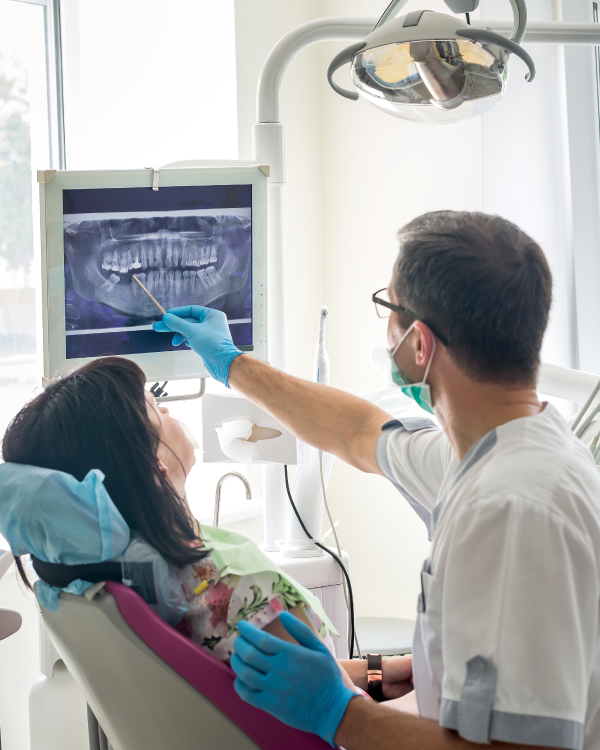
What Dental Implant Technologies Do We Use?
Apple Dental Implant Centre uses a variety of cutting-edge technologies to support our treatments including iTero Scanner, CBCT Scanner, and Intraoral Camera.
iTero Scanner (Intraoral)
The iTero intraoral scanner is an intraoral scanning device used by dentists to capture detailed 3D images of the teeth, mouth, and jaw. iTero scanners are often used as a component of treatment planning for restorative and orthodontic procedures, including Invisalign treatments.
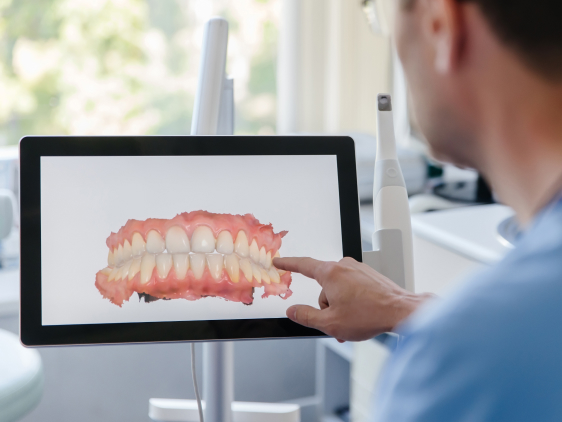
CBCT Scanner
CBCT scanners are used by dentists and dental specialists to create three-dimensional images of the mouth and head. This technology allows dental professionals to view, monitor, and treat patients using detailed images.
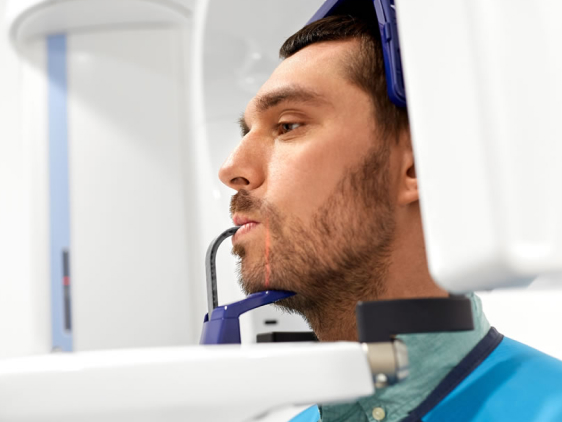
Intraoral Camera
Intraoral cameras are digital imaging tools used by dentists to create images of the teeth and mouth. The cameras are small enough to fit comfortably into the mouth on the tip of an intraoral wand that can be moved over and around the teeth.
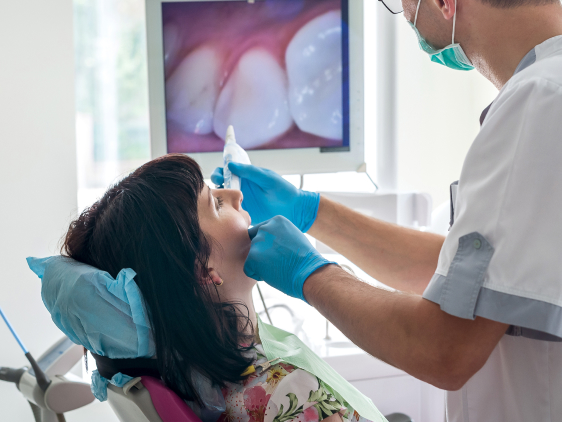
The Difference Dental Implants Can Make
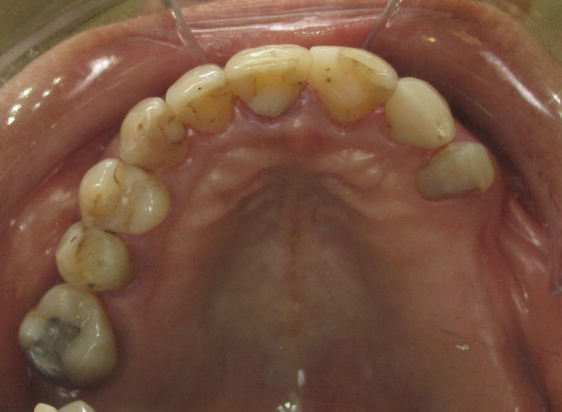
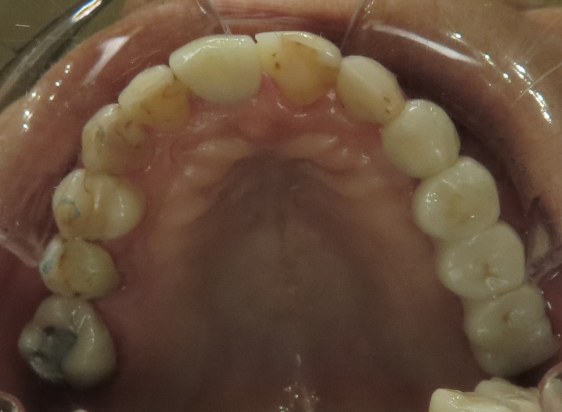
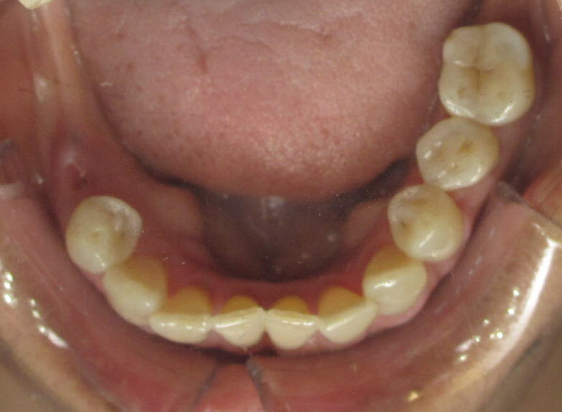
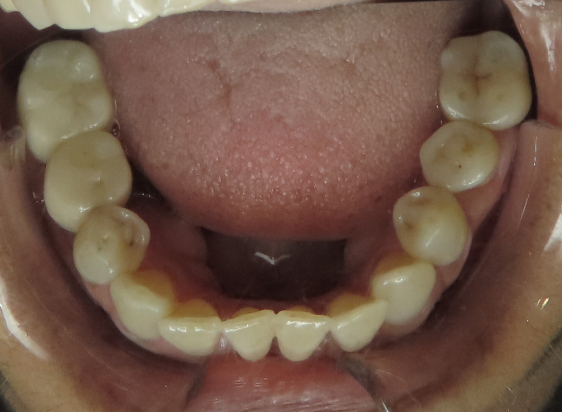
* These photos are of actual patients at Apple Dental Implant Centre who gave their permission for their photos to be used. These photographs are examples only and do not imply any certainty of the result of a procedure, and all outcomes are subject to the circumstances of the individual patient.
A Convenient One-stop Dental Implant Location
From single tooth replacement, to full-mouth replacement, our team at Apple Dental Implant Centre use techniques and technologies, all available in-house, to provide you with your new permanent teeth.
Dental Implants
Single, Multiple, Full Arch Fixed Prosthesis, Implant Over Dentures.
Oral Surgery
Our team of clinicians can offer preventative therapy, diagnosis and treatment of a host of conditions that require oral surgery.
Sedation Services
Sedation services for patients who need help in feeling relaxed and comfortable.
Our Pricing
We provide clear and consistent pricing, starting at just $999.
The iTero intraoral scanner is an intraoral scanning device used by dentists to capture detailed 3D images of the teeth, mouth, and jaw. iTero scanners are often used as a component of treatment planning for restorative and orthodontic procedures, including Invisalign treatments.
iTero Digital Scanning
iTero scans are a very non-invasive form of imaging technology that does not use radiation. A wand is moved over the teeth, and the scanner works quickly to collect images, capturing all the necessary data in a matter of minutes. Then, it compiles the images into a complete 3D model that can be viewed on a computer screen.
CBCT scanners are used by dentists and dental specialists to create three-dimensional images of the mouth and head. This technology allows dental professionals to view, monitor, and treat patients using detailed images.
CBCT Scanners in Dentistry
CBCT scanners are a variation on traditional CT scans (also called CAT scans). A CBCT scanner creates a three-dimensional radiograph (x-ray) image of an area of the body. In dentistry, they are used to create images of the oral and maxillofacial region, including dental and bone structures, airways, nerve paths, and soft tissues.
Compared to conventional dental x-rays, CBCT scans offer higher image quality and provide a far greater level of detail for dentists. Viewing the mouth in three dimensions also allows a dentist to visualize depths and volumes of the tissue more accurately, which can be a significant benefit in treatment planning.
Intraoral cameras are digital imaging tools used by dentists to create images of the teeth and mouth. The cameras are small enough to fit comfortably into the mouth on the tip of an intraoral wand that can be moved over and around the teeth.
How Intraoral Scanners Work
Intraoral (inside the mouth) cameras take high-resolution images of the teeth and mouth using a small camera. In most cases, after the images are captured, an imaging software (such as computer-aided design or computer-aided manufacturing (CAD/CAM) applications) is used to piece hundreds of images together to create a digital 3D model of the intraoral cavity.
Dentists can use the cameras (also sometimes called scanners) for different purposes and to capture different types of images. For example, a single tooth that requires a restorative procedure could be enlarged on its own. The camera could also be used to create images of a full arch or both arches of teeth. Finally, a dentist or periodontist may use intraoral cameras to capture images of the soft tissues of the mouth, such as the gums and soft palate.
